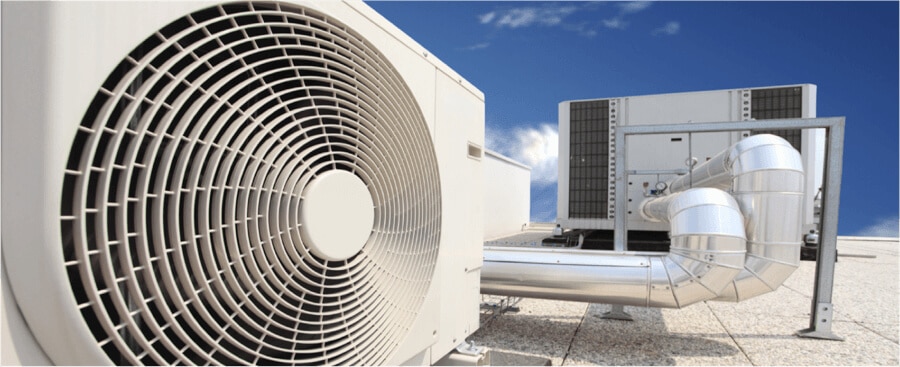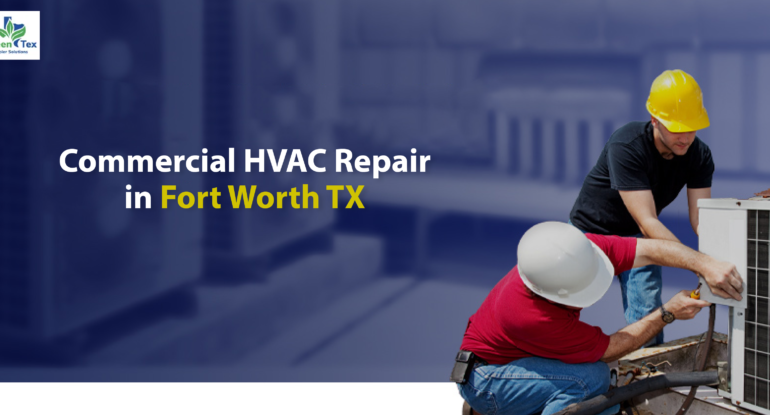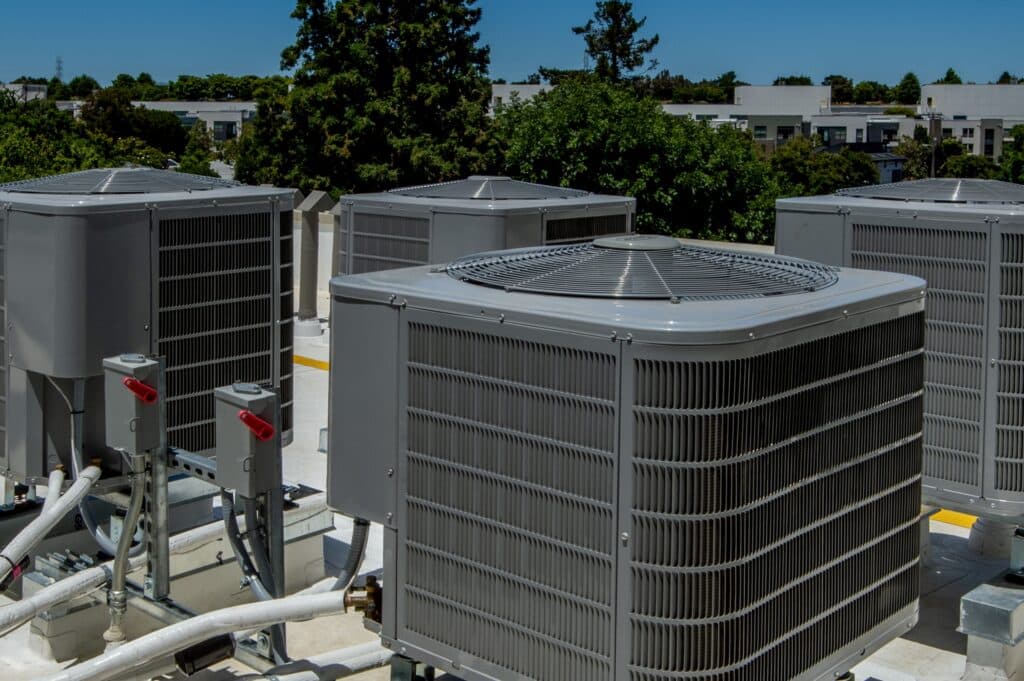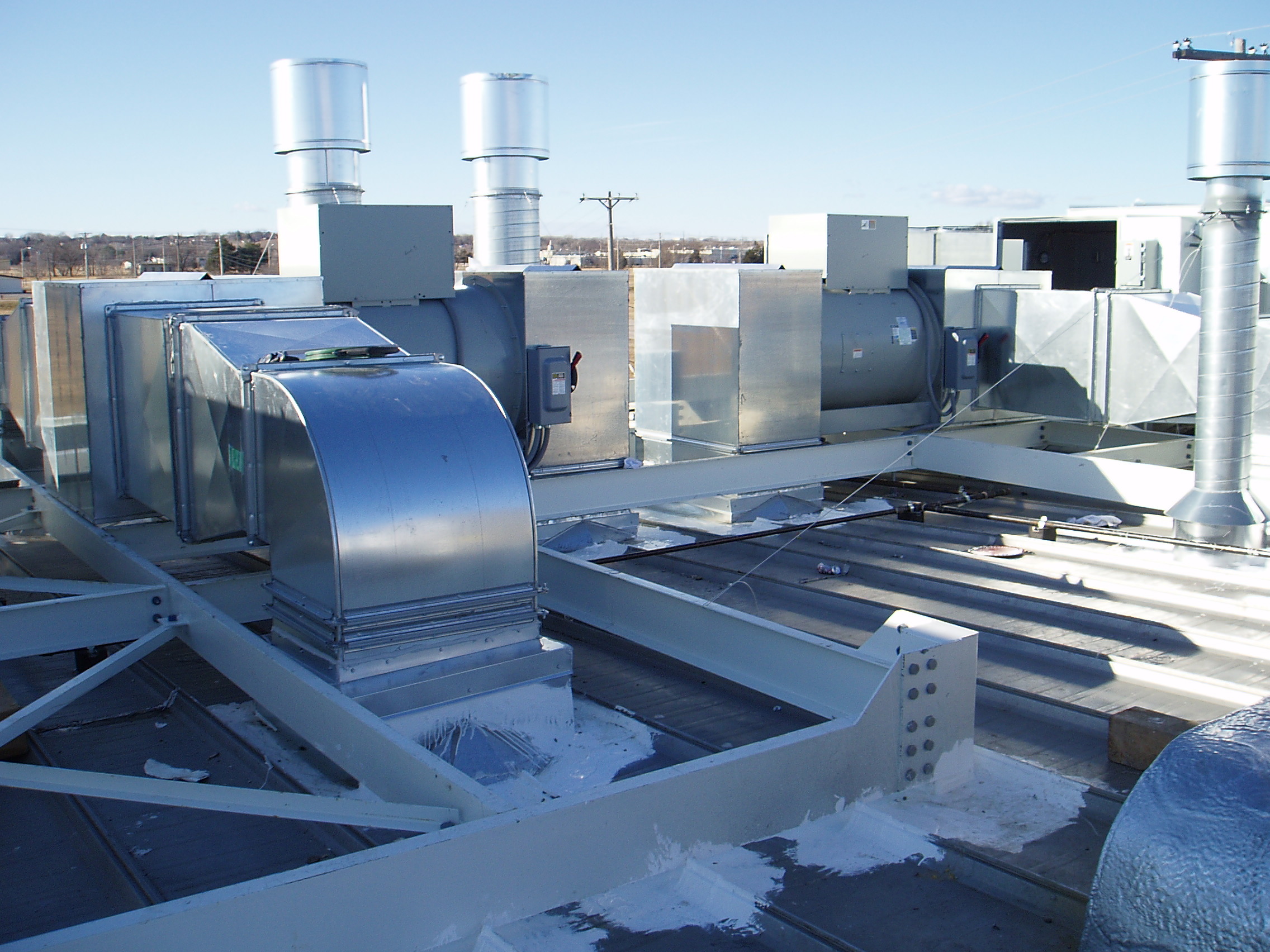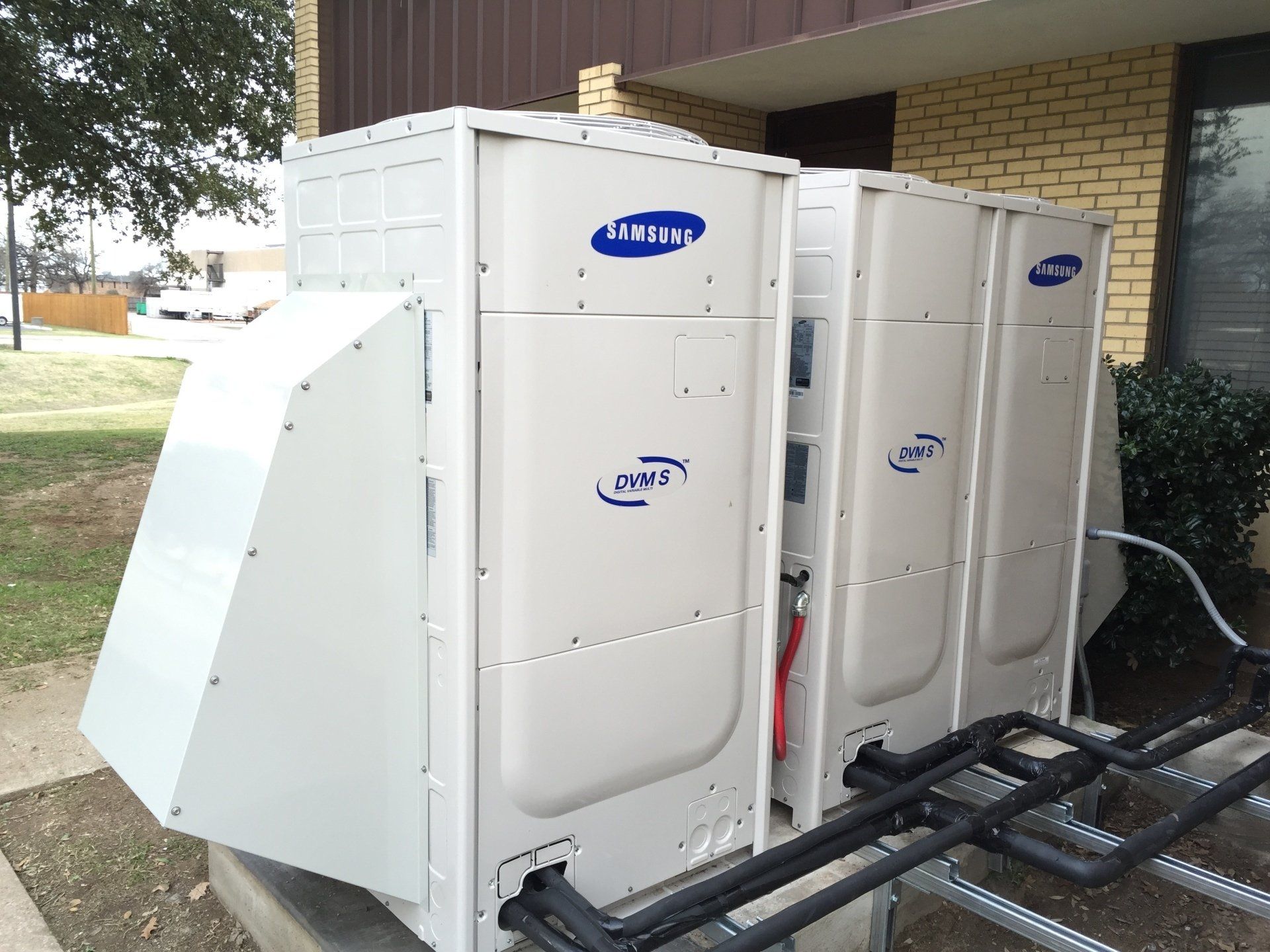Industrial Hvac Systems In Fort Worth Tx
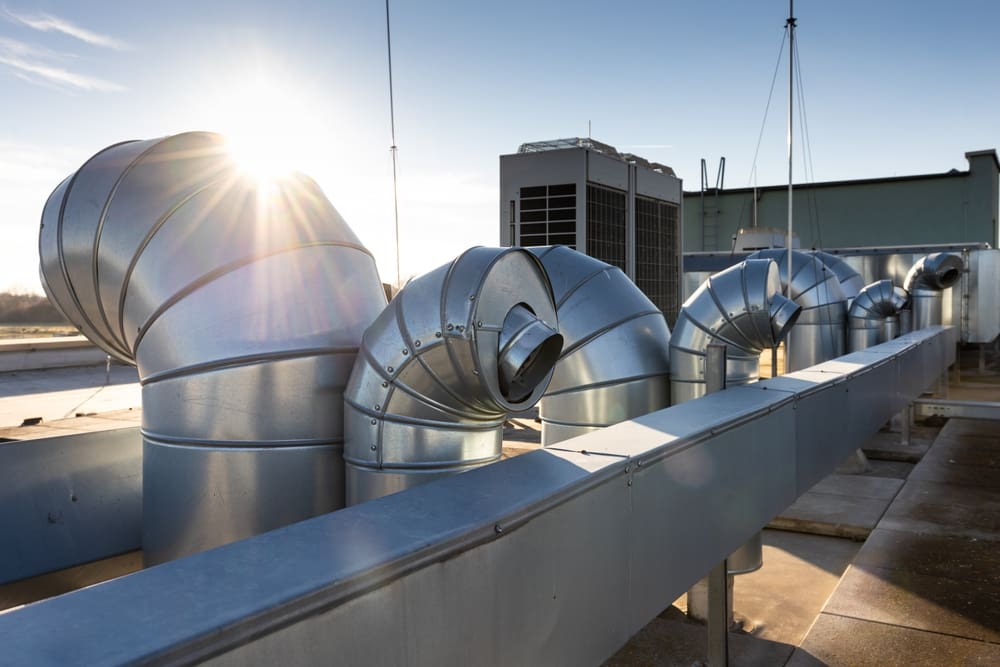
Is your Industrial HVAC system in Fort Worth acting up? Experiencing inconsistent temperatures, unusual noises, or higher than usual energy bills? You're not alone. A common issue we see in Fort Worth industrial spaces, especially with our hot summers, is uneven cooling. This can manifest as some areas being comfortably cool while others feel stiflingly hot.
This article provides a practical, step-by-step guide to help you diagnose and potentially resolve common Industrial HVAC problems. We'll cover checks you can do yourself, when you'll need basic tools, and, most importantly, when to call a qualified HVAC professional. Remember, safety is paramount. If you're ever unsure, err on the side of caution and contact a professional.
Troubleshooting Uneven Cooling: A Step-by-Step Guide
Let's dive into the steps to troubleshoot that uneven cooling problem. We'll start with the simplest checks first.
Step 1: Visual Inspection and Basic Checks (No Tools Required)
Begin with a thorough visual inspection. This is crucial and costs absolutely nothing!
- Air Vents and Registers: Are all supply air vents open and unobstructed in the areas experiencing cooling issues? Sometimes, furniture, equipment, or even paperwork can block airflow. Make sure nothing is blocking them!
- Return Air Grilles: Similarly, check all return air grilles. These grilles draw air back to the HVAC unit to be cooled. Obstructions here reduce overall system efficiency.
- Filter Condition: Visually inspect your air filter(s). A dirty air filter is a primary cause of reduced airflow and uneven cooling. A clogged filter restricts airflow, forcing the system to work harder and less efficiently.
- Condensate Drain Line: Look for any signs of water leakage around the indoor unit or near the condensate drain line. A clogged drain line can lead to system shutdown and water damage.
- Outdoor Unit (Condenser): Observe the outdoor unit. Is it free from debris like leaves, grass clippings, and bushes? Adequate airflow around the condenser is vital for proper cooling.
DIY Action: If you find blocked vents or grilles, remove the obstructions. If the air filter is dirty, replace it immediately. This is a simple and inexpensive task that can significantly improve your system's performance. Ensure the outdoor unit is clear of obstructions. Trimming back bushes or removing debris can help immensely.
Step 2: Thermostat Settings and Operation
Sometimes the issue lies with the thermostat.
- Thermostat Setting: Double-check the thermostat setting. Is it set to "Cool" and at a temperature lower than the current room temperature? Make sure it's not accidentally set to "Heat" or "Fan Only."
- Fan Setting: If your thermostat has a "Fan" setting, ensure it's set to "Auto." When set to "On," the fan runs continuously, which can sometimes lead to uneven cooling, especially if the system isn't properly balanced.
- Programmable Thermostat Schedule: If you have a programmable thermostat, review the schedule. Are there any unintended temperature setbacks during occupied hours? Make sure the programming is appropriate for your industrial facility's usage patterns.
- Thermostat Location: Is the thermostat located in a suitable area? Avoid placing it in direct sunlight, near heat-generating equipment, or in drafty areas, as these conditions can affect its accuracy.
DIY Action: Adjust the thermostat settings as needed. If you suspect the thermostat is malfunctioning, try replacing the batteries (if battery-powered) or resetting it to factory settings (refer to the manufacturer's instructions). If that doesn't help, you may need to consider replacing the thermostat entirely. However, for complex industrial systems, a professional assessment is always best.
Step 3: Airflow Assessment (Basic Tools Required)
To assess airflow, you'll need a few basic tools.
- Anemometer (Optional, but helpful): An anemometer measures air velocity. While not essential, it can provide a more precise measurement of airflow coming from each vent.
- Tissue Test: A simple "tissue test" can give you a rough idea of airflow. Hold a tissue near each vent. If the tissue is drawn towards the vent, there's airflow. If the tissue doesn't move or is blown away, there's likely a problem.
- Note Pad and Pen: To record your observations and measurements.
Procedure:
- Turn on the HVAC system and let it run for at least 15 minutes.
- Systematically check the airflow from each supply air vent using the tissue test. Note the strength of the airflow (strong, moderate, weak, or none). If you have an anemometer, record the air velocity readings.
- Compare the airflow between different vents. Are there significant differences? Are some vents providing noticeably less airflow than others?
- Check the return air grilles. Are they drawing air effectively? You can use the tissue test here as well.
DIY Action: If you identify vents with weak airflow, check for obstructions inside the ductwork. Sometimes, debris can accumulate over time. You might be able to carefully remove obstructions with a flexible cleaning tool. However, do not attempt to disassemble ductwork yourself, as this can damage the system.
Step 4: Ductwork Inspection (Limited DIY)
Ductwork problems are a common culprit for uneven cooling, especially in older buildings. However, DIY ductwork inspection should be limited.
- Visible Ductwork: Inspect any visible ductwork for obvious damage, such as dents, tears, or disconnected sections. Look for signs of air leaks, such as dust accumulation around joints.
- Listen for Air Leaks: With the HVAC system running, listen for whistling or hissing sounds near ductwork joints. These sounds can indicate air leaks.
- Insulation Condition: Check the insulation on the ductwork. Is it damaged, missing, or degraded? Proper insulation is essential for maintaining energy efficiency.
DIY Action: If you find small, easily accessible air leaks, you can try sealing them with duct tape (specifically designed for ductwork – not regular masking tape). However, for significant damage, extensive leaks, or hard-to-reach ductwork, it's best to call a professional. Remember, improper ductwork repairs can actually worsen the problem.
Step 5: Refrigerant Levels (Professional Only!)
Refrigerant levels are a crucial aspect of HVAC performance, but diagnosing and addressing refrigerant issues requires specialized equipment and expertise. Do not attempt to handle refrigerant yourself. It's illegal and dangerous!
- Signs of Low Refrigerant: If you suspect low refrigerant (e.g., the system is running constantly but not cooling effectively, ice is forming on the evaporator coil), do not attempt to add refrigerant yourself.
- Professional Diagnosis: A qualified HVAC technician will use specialized gauges and equipment to accurately measure the refrigerant levels and identify any leaks.
DIY Action: None! Contact a qualified HVAC technician immediately if you suspect refrigerant issues.
When to Call a Professional HVAC Technician in Fort Worth, TX
While many minor HVAC issues can be resolved with DIY troubleshooting, certain situations require the expertise of a professional HVAC technician. Here's when to call for help:
- Refrigerant Leaks or Low Refrigerant: As mentioned earlier, refrigerant issues require specialized equipment and expertise.
- Electrical Problems: If you suspect electrical problems with your HVAC system (e.g., blown fuses, tripped circuit breakers, unusual burning smells), do not attempt to diagnose or repair them yourself. Electrical work is dangerous and should only be performed by qualified professionals.
- Compressor Problems: The compressor is the heart of the HVAC system. If you suspect a compressor problem (e.g., unusual noises, system not cooling), call a professional. Compressor repairs are complex and expensive.
- Major Ductwork Damage: Extensive ductwork damage, leaks in hard-to-reach areas, or mold growth in ductwork require professional attention.
- System is Still Not Cooling Effectively: If you've followed all the steps above and your system is still not cooling effectively, there may be a more complex underlying issue that requires professional diagnosis and repair.
- You are Uncomfortable: If at any point you feel uncomfortable or unsure about performing a task, stop and call a professional.
- Industrial System Complexity: Industrial HVAC systems are often much more complex than residential systems, with intricate zoning, advanced controls, and specialized equipment. Don't hesitate to call for expert help.
Finding a Reputable HVAC Technician in Fort Worth
When choosing an HVAC technician in Fort Worth, consider the following:
- Licensing and Insurance: Ensure the technician is properly licensed and insured.
- Experience and Expertise: Look for a technician with experience working on industrial HVAC systems.
- Reputation: Check online reviews and ask for referrals from other businesses in the area.
- Certifications: Certifications like NATE (North American Technician Excellence) demonstrate a technician's competency.
- Transparency: Get a clear explanation of the problem and the proposed solution, along with a written estimate before work begins.
By following these troubleshooting steps and knowing when to call a professional, you can effectively address common industrial HVAC problems in Fort Worth and maintain a comfortable and efficient working environment.

